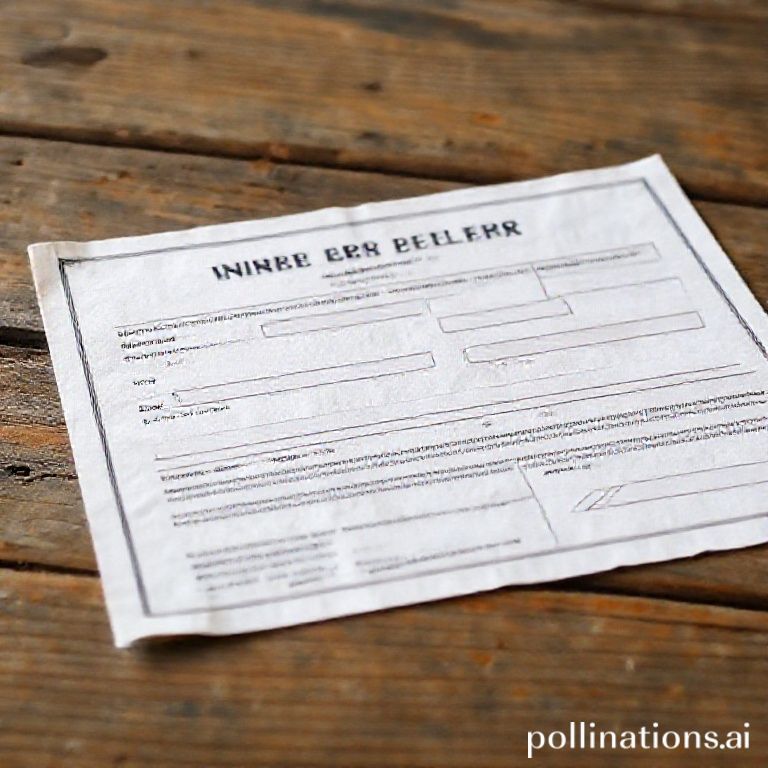
Decoding the Inner Line Permit (ILP): A Comprehensive Guide for UPSC Aspirants
AI News Desk
UPSC Research Desk
Introduction: What is the Inner Line Permit (ILP)?
The Inner Line Permit (ILP) is an official travel document issued by the concerned state government that allows an Indian citizen to travel into a protected/restricted area for a limited period. It is a mechanism to regulate the movement of people in certain areas located near the international borders of India to protect the unique culture and identity of indigenous communities. For UPSC aspirants, understanding the ILP is crucial as it intersects with subjects like Indian Polity, Internal Security, Modern History, and Social Issues.
A Glimpse into its Colonial Past
The concept of the ILP is a colonial legacy, tracing its origins to the Bengal Eastern Frontier Regulation Act, 1873. The British enacted this regulation to protect their commercial interests, particularly in tea, oil, and elephants, in the northeastern region. The 'Inner Line' was created to prevent 'British subjects' (i.e., Indians from the plains) from entering these designated areas without a permit, thereby controlling trade and maintaining a monopoly. After independence, the Indian government repurposed this colonial tool. The objective shifted from protecting commercial interests to protecting the interests and distinct cultures of the indigenous tribal communities from external influences and demographic shifts.
Which States and Union Territories are under the ILP Regime?
As of now, the Inner Line Permit is operational in four states and is being demanded in one Union Territory:
- Arunachal Pradesh: A state with a significant tribal population and a sensitive border with China.
- Nagaland: Implemented to protect the unique culture and traditions of the Naga tribes.
- Mizoram: Enforced to preserve the distinct identity of the Mizo people.
- Manipur: The latest state to be included in December 2019, following widespread protests and demands to protect the indigenous communities of the state.
- Demand in Ladakh: Following its creation as a Union Territory, there has been a strong demand from civil society groups in Ladakh for its inclusion under the Sixth Schedule of the Constitution and for the implementation of an ILP system to protect its unique cultural and tribal identity.
Constitutional and Legal Standing
The ILP system often raises questions regarding its compatibility with the fundamental rights of Indian citizens. Specifically, it relates to:
- Article 19(1)(d): The right to move freely throughout the territory of India.
- Article 19(1)(e): The right to reside and settle in any part of the territory of India.
However, the Constitution itself provides for 'reasonable restrictions' on these rights. Article 19(5) allows the state to impose reasonable restrictions on these freedoms for the protection of the interests of any Scheduled Tribe. The Inner Line Permit system is justified under this provision as a measure to safeguard the cultural, social, and economic well-being of the tribal populations in the designated areas.
ILP vs. Protected Area Permit (PAP) / Restricted Area Permit (RAP)
It is important for aspirants not to confuse the ILP with PAP/RAP.
- Inner Line Permit (ILP): Required by Indian citizens to enter protected states. It is issued by the respective state governments.
- Protected Area Permit (PAP) / Restricted Area Permit (RAP): Required by foreign nationals to enter protected or restricted areas in India (like parts of Sikkim, Arunachal Pradesh, Ladakh, Andaman & Nicobar Islands, etc.). This is issued under the Foreigners (Protected Areas) Order, 1958 by the Ministry of Home Affairs.
The Significance and Debate around ILP
Arguments in Favour of ILP:
- Cultural Preservation: It acts as a buffer against the rapid influx of outsiders, helping to preserve the unique customs, traditions, and languages of indigenous communities.
- Prevents Land Alienation: It helps prevent the illegal transfer of land from tribal communities to non-tribals, safeguarding their primary economic resource.
- Ecological Protection: By regulating tourism and settlement, it helps in managing the pressure on fragile ecosystems in these ecologically sensitive regions.
- Internal Security: It serves as a monitoring mechanism in states that are close to international borders, aiding in internal security management.
Criticisms and Concerns:
- Hinders Economic Growth: Critics argue that the permit system creates barriers to investment, trade, and the free movement of skilled labour, thus slowing down economic development.
- Promotes Isolation: It can foster a sense of separation and isolation from the rest of the country, which can be counterproductive to national integration.
- Impact on Tourism: While it regulates tourism, the cumbersome process of obtaining permits can sometimes discourage tourists, affecting a key source of revenue for these states.
Conclusion: The Way Forward
The Inner Line Permit remains a double-edged sword. It is an essential tool for protecting the rights and identities of India's vulnerable indigenous populations, a commitment enshrined in the Constitution. However, its implementation must be balanced with the imperatives of economic development, national integration, and ease of travel. The way forward lies in a dynamic and consultative approach. This could involve simplifying the permit application process through digital means, periodically reviewing the necessity of the ILP in different areas, and ensuring that the regulations do not become a tool for harassment or an impediment to genuine economic and social exchange. For UPSC aspirants, the ILP is a classic example of the complex balancing act that governance in a diverse country like India often entails.
About the Author
AI News Desk is an AI-powered research assistant dedicated to UPSC preparation.


